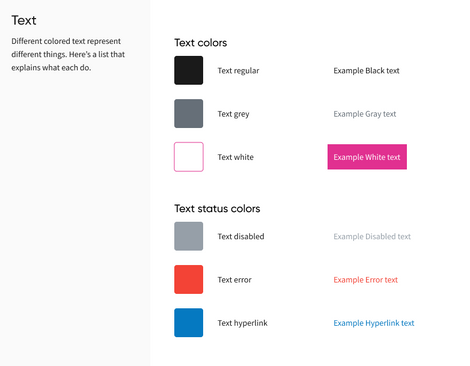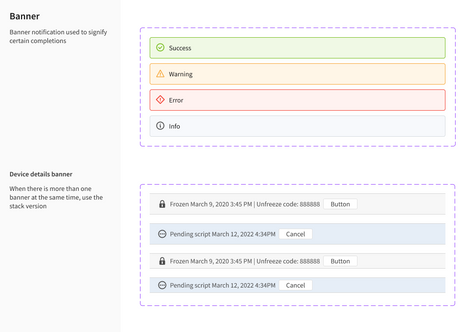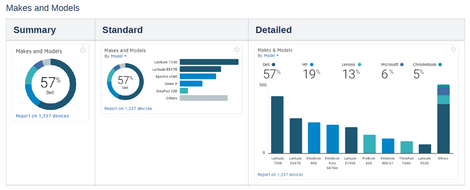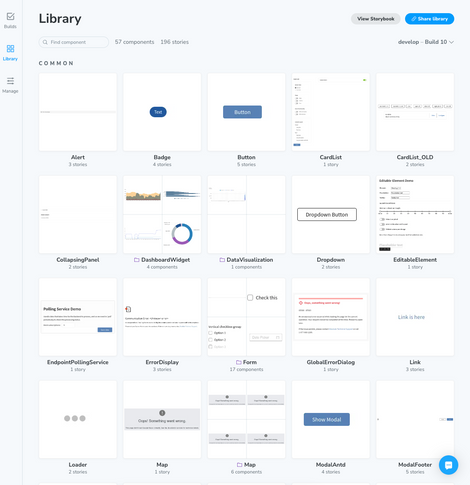UX DESIGN PORTFOLIO
Building a design system at Absolute
Client
Absolute Software
Role
Sr. UX Design Lead
Deliverables
Design system, scalable framework
Overview
At Absolute, we operate with 15 core teams, each dedicated to developing distinct features. While each team excels in creating robust end-to-end solutions for their respective features, the challenge arises when these workflows intersect.
Customers readily notice inconsistencies in the placement of call-to-actions, the approach to page-to-page navigation workflows, and the method of processing actions and conveying progress. The result is a product where each customer-facing element appears to be crafted by different individuals rather than as a cohesive effort from one unified team.


Challenges & opportunity
How can we develop a design system that is both simple and scalable, ensuring comprehension by both designers and developers, while providing customers with an intuitive understanding of the application's functionality?
Upon auditing the existing state of the Absolute console, it became evident that numerous similar pages featured distinct, custom experiences. The truth is, bespoke design lacks scalability—it is slow, inconsistent, and progressively challenging to maintain over time. This is precisely where a design system proves invaluable.
Design process
1
Product guidelines
In my leadership role in the product department, my focus was to improve the overall components for a consistent customer experience and increased production efficiency. I conducted thorough platform audits and identified unique workflow interactions and devised efficient solutions for diverse use cases.
2
Accessibility design
Throughout the process of rebuilding our components for consistency and user-friendliness, we seized the opportunity to prioritize accessibility in our design approach. Designing with accessibility doesn't restrict our capabilities; instead, it refines every decision in our design process and prompts the business to consider not just what we are doing but also why we are doing it.
3
Testing & iterations
Just like user testing our product with customers, we sought to validate our approach internally among our teams. We aimed to ensure that the newly implemented components functioned seamlessly across the various use cases of each feature team.

Framework highlights
By integrating the design system framework, we reduced component count by 40%, prioritized reusable UI components for faster workflow assembly, achieving a 30% faster time to market and reduced development costs. Simultaneously, we minimized tech debt, enhancing site speed, usability, and performance with an efficient code base.
Design impact























